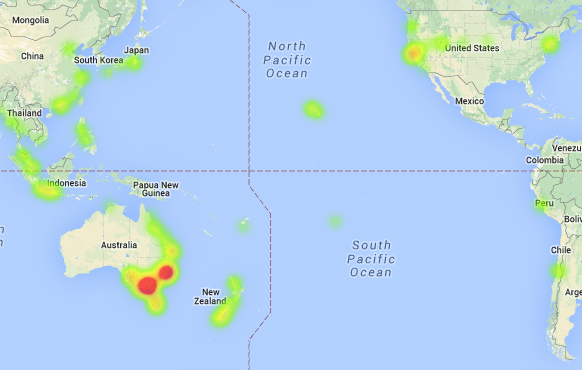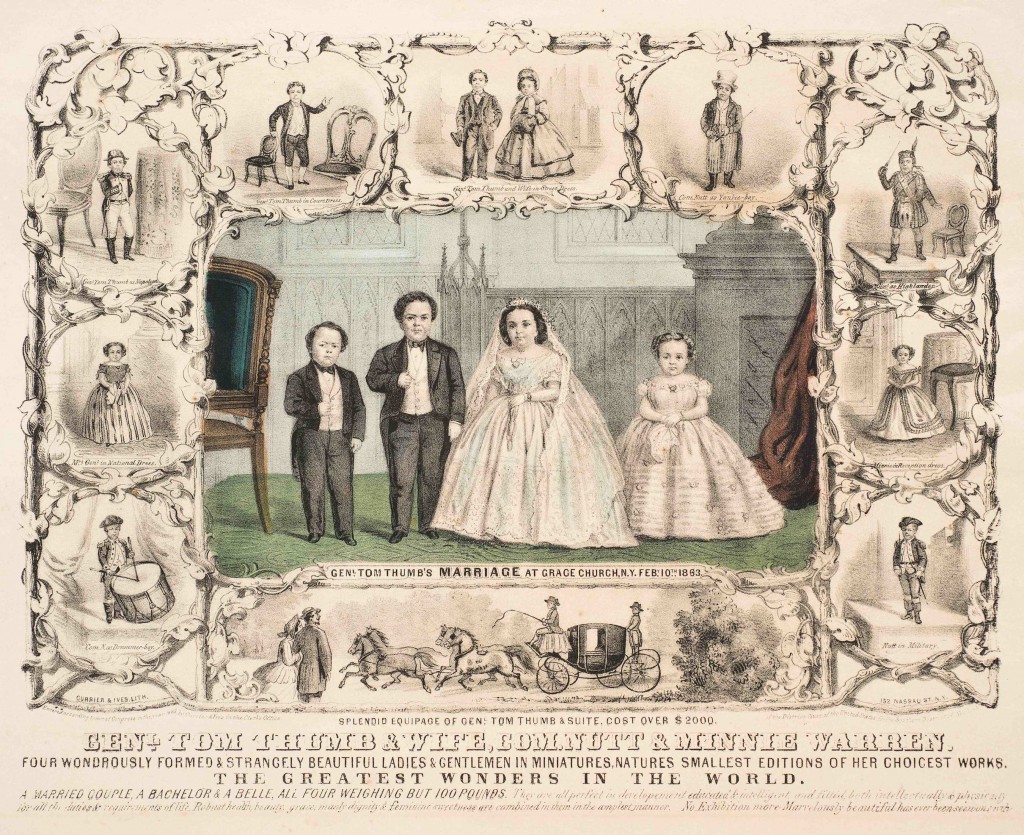Later this week I will be giving a talk for a digital history symposium at the University of Newcastle on the subject of “Mapping Cultural Circuits.” Some of my work in this vein can be found under the Mapping subheading on this website, but I will be presenting a more complete view of historical GIS maps that chart the development of a Pacific entertainment circuit in the nineteenth century at the symposium. This information has unfortunately become rather difficult to display in a public-facing website as Google neglected to update the gadgets used to embed KML layers from Google Earth when it transitioned to the new maps API. So I have instead produced a short video that uses Google Earth and some rectified historical maps to trace the grand tour around the world undertaken by the General Tom Thumb Company from 1869 to 1872. The video highlights some of what I find most useful about using this combination of tools to visualize the history of transnational touring circuits.
The new Google Maps API does have some salutary features, one of which is the ability to create ‘heatmaps’ of data. The image below is a screenshot of the aggregate data from the touring routes of some three dozen American shows and entertainers that toured the Pacific between 1850 and 1890.
The visualization shows that Melbourne, which grew into one of the largest and wealthiest cities in the Pacific over the course of the nineteenth century, was the primary destination for American entertainers during this period. And while the cultural traffic between San Francisco and Melbourne was the primary axis of the emergent Pacific circuit, there are also indications of other noteworthy features, ranging from the importance of Honolulu as a kind of transpacific relay station to the somewhat surprising prominence of the Dutch East Indies. All of this will obviously be expounded upon in the talk, but for those that can’t make it, check back for updates as I will be posting more of this mapping material on the webiste in the coming months.


